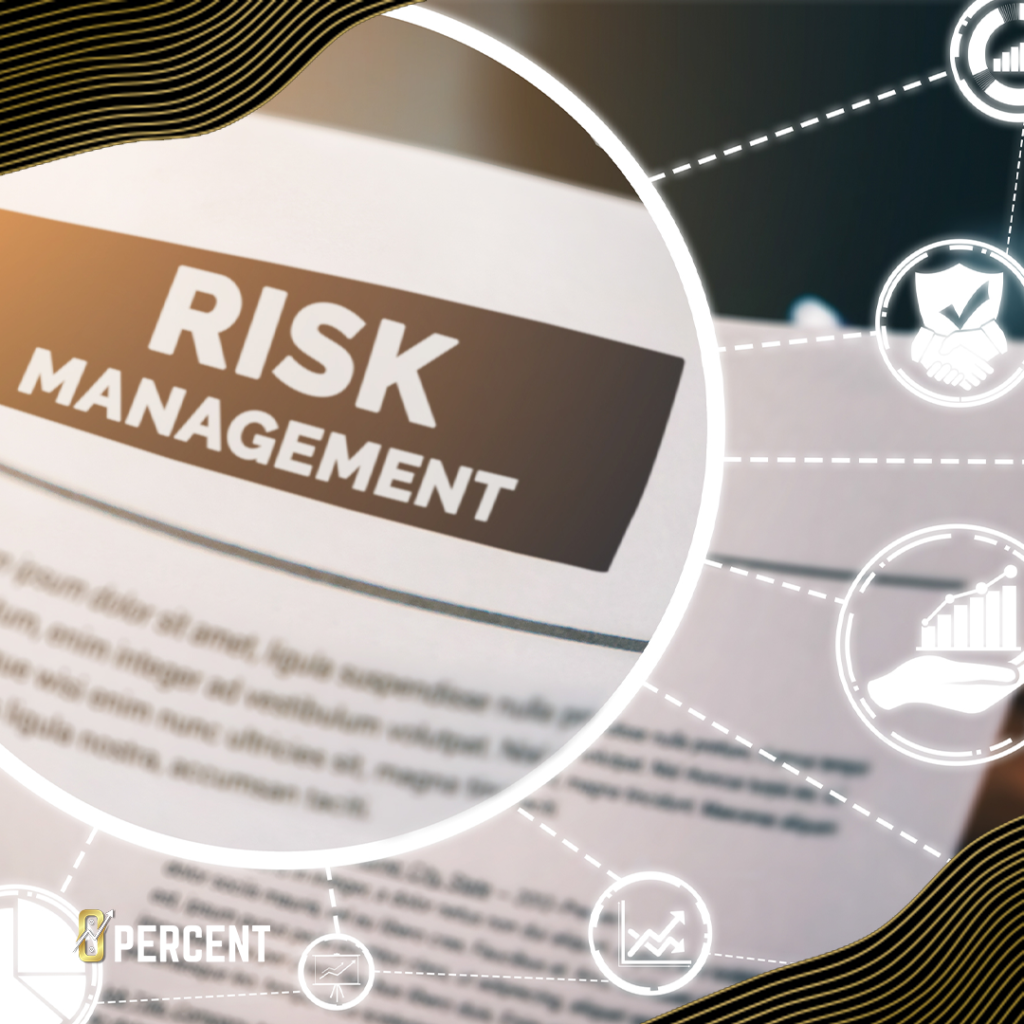Understanding Financial Risk
Financial risk refers to the potential for loss or adverse effects on a business’s financial condition, resulting from uncertain market conditions, unexpected events, or poor financial decisions. It encompasses a range of risks, including market risk, credit risk, liquidity risk, operational risk, and legal and regulatory risk. These risks can arise from factors such as economic downturns, changes in interest rates, exchange rate fluctuations, customer defaults, supply chain disruptions, and legal liabilities.
Read More: The Financial Benefits of Going Green: How Sustainable Practices Can Save Your Business Money and Boost Its Reputation
Risk Management Process
The risk management process involves a systematic approach to identify, assess, and mitigate financial risks. The first step is to identify and evaluate potential risks that could affect the business. This requires a thorough analysis of internal and external factors, including market conditions, industry trends, and specific business operations. Once risks are identified, businesses must establish risk tolerance levels, considering their risk appetite and capacity to withstand losses. This helps in prioritizing risks and allocating resources for risk mitigation.
Financial Risk Management Strategies
Several strategies can be employed to manage financial risks effectively. Diversification is a commonly used strategy that involves spreading investments across different asset classes, industries, or geographic regions. By diversifying their portfolios, businesses can reduce the impact of a single risk event on their overall financial performance. Hedging is another strategy that involves using financial instruments to offset potential losses from adverse price movements or exchange rate fluctuations. Businesses can also transfer risks through insurance contracts or manage asset-liability mismatches through effective asset-liability management practices. Additionally, contingency planning helps businesses prepare for and respond to unforeseen events, minimizing their financial impact.
Tools and Techniques for Financial Risk Management
A variety of tools and techniques are available to assist businesses in managing financial risks. Risk assessment tools help in identifying, quantifying, and prioritizing risks based on their likelihood and potential impact. These tools can include scenario analysis, stress testing, and value-at-risk (VaR) models. Risk mitigation techniques involve implementing measures to reduce or eliminate risks. These techniques may include implementing internal controls, implementing credit risk management policies, or establishing effective internal audit functions. Furthermore, risk monitoring and reporting tools enable businesses to track risks in real-time, ensuring timely response and decision-making.
Best Practices in Financial Risk Management
To achieve effective financial risk management, businesses should adhere to best practices. Regular risk assessment and review processes allow for ongoing monitoring and adjustment of risk management strategies. Clear risk management policies and procedures ensure that risks are addressed consistently and comprehensively across the organization. It is essential to integrate risk management into day-to-day business operations, making it a part of the decision-making process at all levels. This includes involving key stakeholders, such as management, employees, and board members, in risk management activities.
The Role of Technology in Financial Risk Management
Technology plays a vital role in enhancing financial risk management practices. Automated risk management systems help businesses streamline risk assessment, mitigation, and reporting processes, reducing manual errors and increasing efficiency. Data analytics and modeling tools enable businesses to analyze vast amounts of data, identify patterns, and make data-driven decisions. Real-time risk monitoring and reporting tools provide businesses with up-to-date information on their risk exposures, allowing for prompt action when necessary.
The Benefits of Effective Financial Risk Management
Implementing effective financial risk management practices offers several benefits to businesses. Firstly, it protects businesses against potential financial losses, safeguarding their assets, investments, and cash flow. By identifying and mitigating risks, businesses can minimize the negative impact of adverse events on their financial performance. Secondly, effective risk management enhances decision-making. Businesses with a clear understanding of their risks can make informed choices regarding investments, pricing, and resource allocation. Lastly, robust risk management practices enhance stakeholder confidence. Lenders, investors, and other stakeholders are more likely to trust and support businesses that demonstrate sound risk management practices.
Challenges in Financial Risk Management
Financial risk management is not without its challenges. The complexity of financial markets and the interconnectedness of global economies make it difficult to predict and manage risks effectively. The dynamic and uncertain nature of financial risks adds further complexity. Balancing risk and reward is another challenge businesses face. While risk aversion may protect against losses, it can also limit potential gains. Striking the right balance requires a thorough understanding of the business’s risk appetite and objectives.
Conclusion
In conclusion, financial risk management is vital for businesses to navigate the uncertainties and challenges of the modern economic landscape. By understanding and managing financial risks, businesses can protect their financial health, make informed decisions, and inspire stakeholder confidence. Employing robust strategies, utilizing appropriate tools, and adopting best practices enable businesses to mitigate risks effectively and seize opportunities for sustainable growth.








